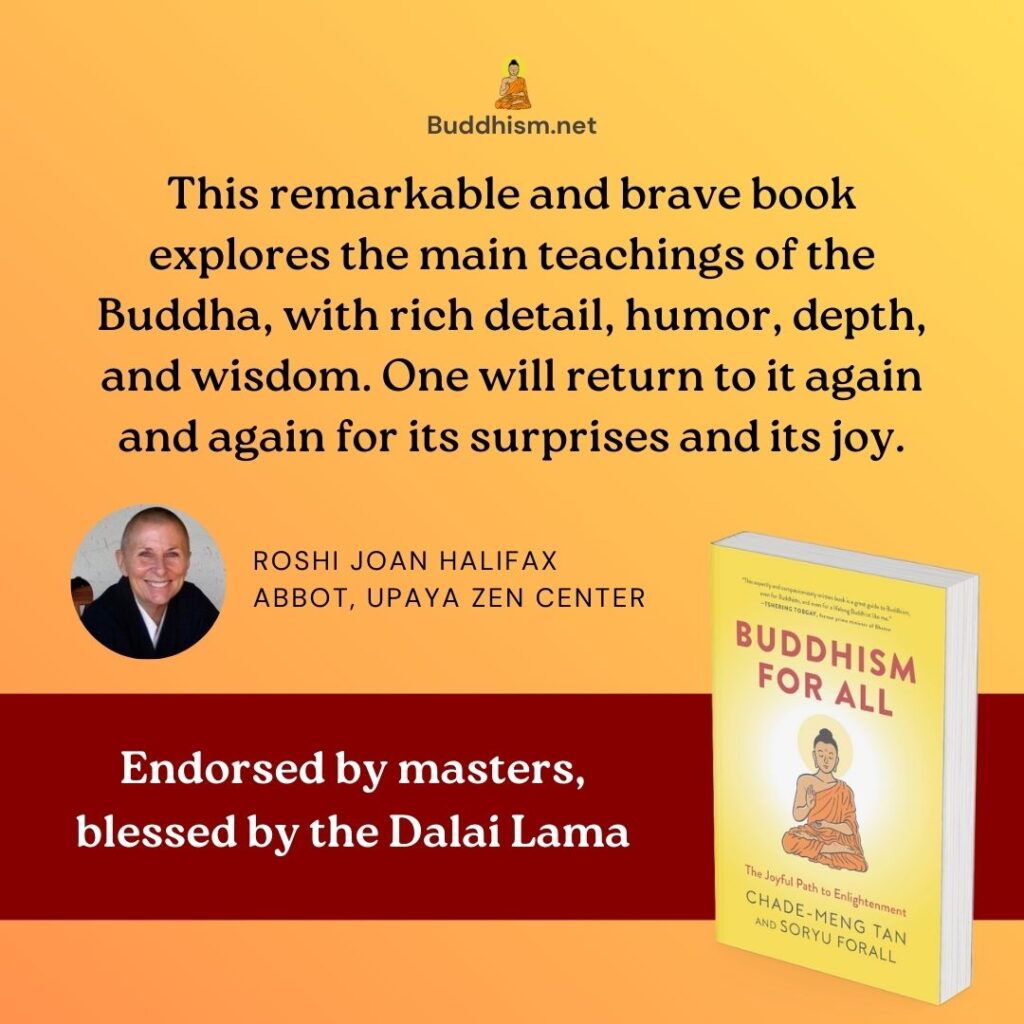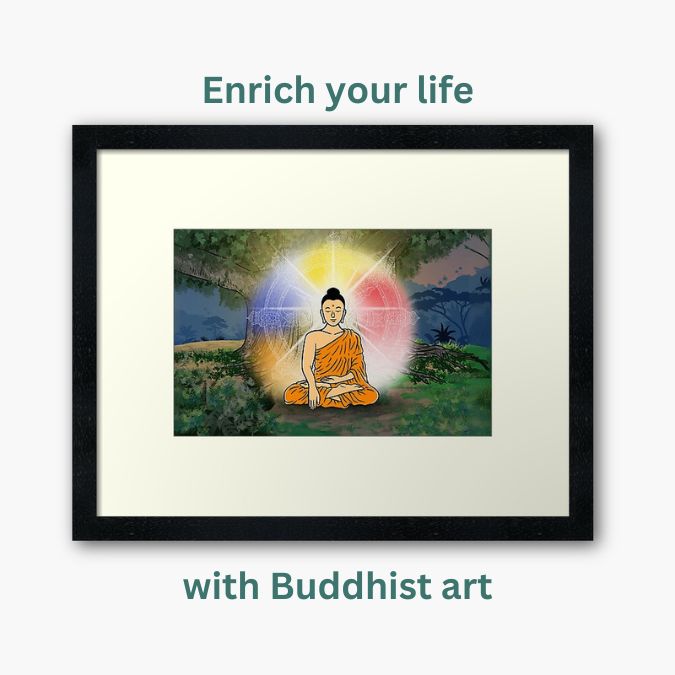(Context: The Early Buddhist Canon.)
Even though the Nikāyas were formulated at the First Buddhist Council only months after the Buddha passed, the Pali Canon was actually written down much later, like 300 years later[1]. Why did it take so long? For a start, in ancient India, writing was known but almost never used. People then trusted human memory as a means of preserving information far more than they trusted written materials. I think a lot of it has to do with technology and climate. Ancient Indians wrote by scratching on dried palm leaves either with a stylus or fingernail before applying ink. Those palm leaves were vulnerable to decay, insects, and flaking. The hot, humid and monsoon-ridden climate certainty did not help one bit.
Not being able to rely on writing, ancient Indians devised an ingenious solution that we modern people don’t give enough credit for: they perfected memorization into an art form. The Vedic texts, for example, have been known to be transmitted orally with extreme accuracy for over two thousand years.[2] Part of it is in the use of repetition as a mnemonic tool, which is why you see a lot, like a lot of repetition in the early Buddhist texts.
In any case, for the reasons stated above, the Buddhist teachings were committed to memory and learned by heart instead of being written down.[3] To enhance the fidelity of storage and transmission, there was a tradition of monastics reciting the teachings together regularly. That went on for a long time.
In 268 BCE, Ashoka became king in India. Ashoka would be remembered in history as Ashoka the Great. Circa 263 BCE, he witnessed the large numbers of dead bodies that were the direct result of his wars of conquest. Shocked and remorseful, he renounced war and converted to Buddhism. One of Ashoka’s great cultural contributions to the world was the erection of the Pillars of Ashoka, 33 stone pillars dispersed around his empire carved with inscriptions that provide vital historical information about Buddhism. Another was the Buddhist mission sent to Sri Lanka, led by Ashoka’s own son, Mahinda. Mahinda was later joined by his sister, Sanghamitta.[4] Mahinda and Sanghamitta were so successful that Sri Lanka has become an important bastion of Buddhism ever since.

Image by Bpilgrim. https://commons.wikimedia.org/w/index.php?curid=1763101
In the first century BCE, there was famine and war in Sri Lanka that took the lives of many monks. Dying sucks, of course, but it also created another danger: the monks held the Buddhist canon in their heads, and if they got wiped out, the canon would die off with them. Fortunately, the Fourth Council was convened in Sri Lanka in 25 BCE, and for the first time, the Pali Canon was committed to writing, on palm leaves.
Activities
- Reflect on this post with Angela:
- The memory of ancient sages were incredibly amazing and jaw-dropping. They could memorize volumes of books. Venerable Ānanda could memorize everything the Buddha said, word by word. This also goes to show how little we are using our mind and its full potential. We do not know our mind nor its innate full potential.
- One way to start to know our mind is by meditating. Do you agree?
- What stood out to you from this article? Why?
References
[1] According to Bhikkhu Bodhi, if we go by dates more widely accepted by scholars, the Buddha may have passed away around 420 BCE, and the texts were written in the first century BCE.
[2] Gombrich, Richard. What the Buddha Thought. Oxford Centre for Buddhist Studies monographs. Equinox (2009).
[3] Fun fact: the 1985 edition of the Guinness Book of World Records lists a Burmese monk as having “recited 16,000 pages of Buddhist canonical texts [from memory] in Rangoon, Burma, in May 1974.”
[4] Nārada Mahāthera, A Manual of Buddhism. The Buddhist Missionary Society (1992).


